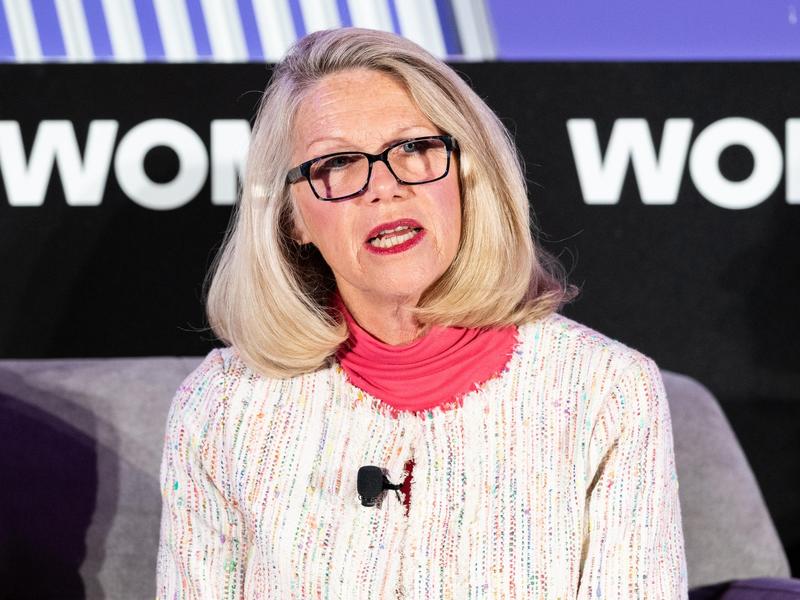
Whenever a very strong pattern exists with solid intrinsic reasons justifying that pattern, you’ll hear people say, “But this time is different.” Be very careful when you hear that. Most of the time, things are not going to end up differently, and the person making the statement is trying to delude you, themselves, or more likely both.
In terms of the House, there is a reason why a president’s party almost always loses seats in midterm elections, which has happened in 37 out of 39 (92 percent) of midterms since the start of the Civil War. Voters in the party out of power are almost inevitably more motivated than those who share a party affiliation or lean toward the president’s team. Further, those fickle, true independents who don’t lean either way tend to get buyer’s remorse two years after electing a president.
Up until this past summer, that historic pattern seemed to be ringing true again. Democrats were mostly lethargic or in denial, while Republicans could hardly wait to vote.
The Dobbs Supreme Court decision reversing Roe v. Wade and former President Trump’s renewed visibility suddenly seemed to turn the classic midterm referendum election into one more like a choice between two parties with two very different leaders. The narrative that millions of women and men would build a moat around the abortion issue and make the election almost exclusively about the right for women to have an abortion, or to say no mas on Trump, was enticing to many—they so badly wanted it to be true.
The headwinds that Democrats had been fighting seemed to diminish, and for the first time Republicans faced some headwinds of their own. Though most savvy Democrats knew in their heart of hearts that they would still likely lose their House majority, victory looked tantalizingly possible.
Over the last two weeks reality has come crashing down. That choice returned to being more of a referendum. The chances of Republicans scoring a net gain of more than 15 or 20 House seats have gone up, and the chances of Democrats holding on or even keeping their losses down to single digits appear to be diminishing. There are good reasons why gains of 40 or more seats are still unlikely, but anything up to that point seems to be possible.
What happened? Once again, fundamentals matter: Democrats hold the White House and microscopic majorities in the House and Senate. Their president has very low job-approval ratings (especially on the economy, inflation, crime, and immigration). Half of Americans believe the country is already in a recession and that the economy will be worse next year than now. Inflation is at a 40-year high. Just 26 percent believe the country is headed in the right direction according to the RealClearPolitics average, while 67 percent see the country as off on the wrong track. Given all of that, a loss of House control is almost as inevitable as death, taxes, and the A seat on an airline being a window.
But this is where patterns come back into play. Those almost absolute patterns that seem to all but govern House races are less determinative in the Senate, which is why the party in the White House has had a bit more luck avoiding losses in the upper chamber. It’s happened 83 percent of the time in the Senate—in 19 out of the last 26 election years. With only a third of the Senate up each time and many fewer seats even competitive, the Senate is far less parliamentary. Individual races and candidate quality matter much more. Very simply, a president's gravitational pull on Senate candidates is considerably less than in the House.
Simply because Democrats have a vice president sitting in the presiding chair to break ties, it is tempting to give them a slight edge, though I am quite hesitant. In my mind, there are four Senate races, two held by each party, that are most likely to determine control. The party winning at least three of the four will almost certainly end up in a majority. The Nevada Senate race, pitting Democratic incumbent Catherine Cortez Masto against Republican former state Attorney General Adam Laxalt, and the Georgia Senate race, with just-elected Democrat Raphael Warnock defending his seat against former football star Herschel Walker, are the two blue seats in purple states that Democrats have teetering on the edge. Republicans are defending the open seats in Ohio and Pennsylvania. Cortez Masto’s seat is probably dangling over the side more than the other three, but all are very much in doubt.
If Democrats come even close to maintaining one or both majorities, they should have three factors to be grateful for: 1.) the abortion issue partially motivating Democrats and putting some starch in their shorts, while diverting attention from the economy; 2.) Donald Trump for, well, being and behaving like Donald Trump; and 3.) Republican primary voters, who turned down quite a few pretty electable contenders in favor of far more problematic candidates who may end up losing races that would otherwise be winnable.
But while this election has not turned out to be a straight-up referendum on Biden’s stewardship over the economy, it is nevertheless a strong factor providing a gravitational pull that’s hurting his party’s chances greatly.
The article was originally published for the National Journal on October 24, 2022.









Subscribe Today
Our subscribers have first access to individual race pages for each House, Senate and Governors race, which will include race ratings (each race is rated on a seven-point scale) and a narrative analysis pertaining to that race.